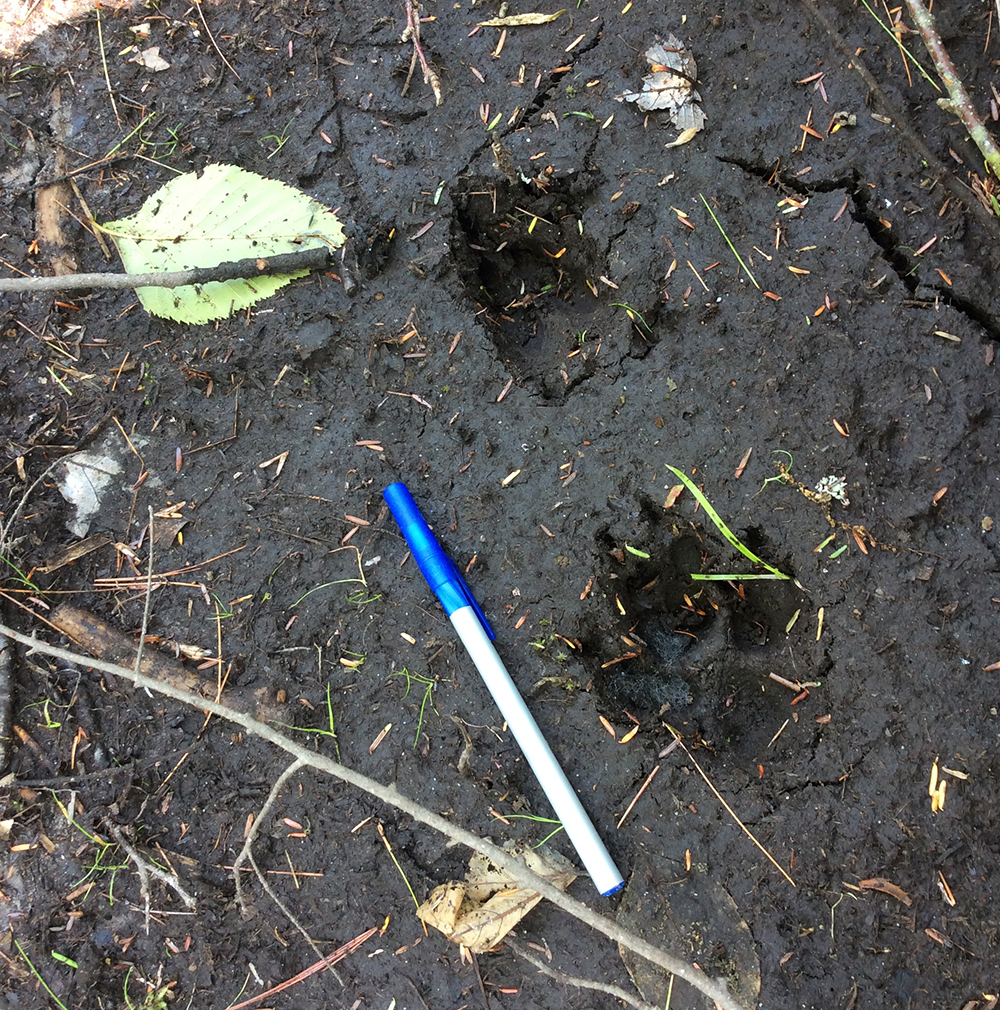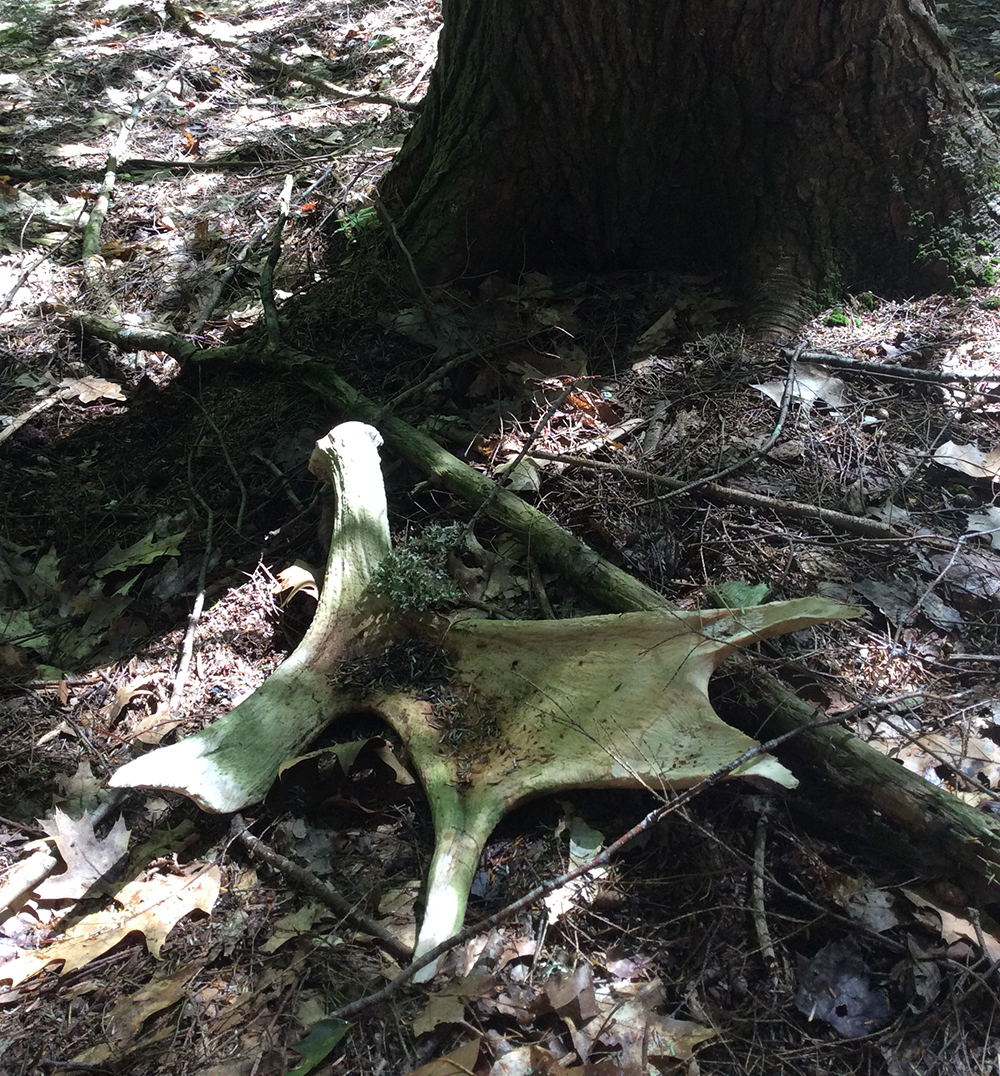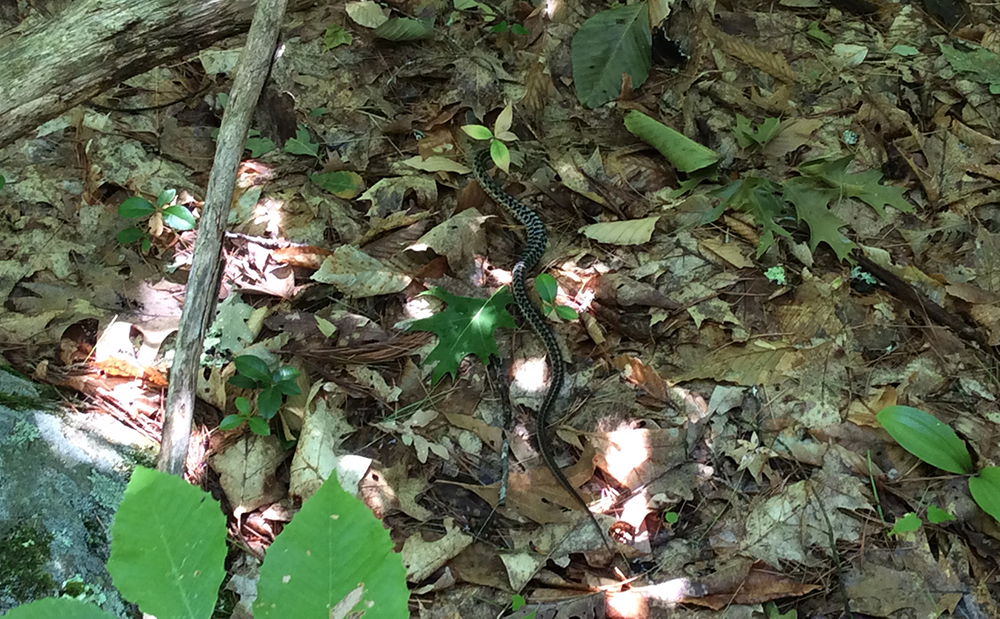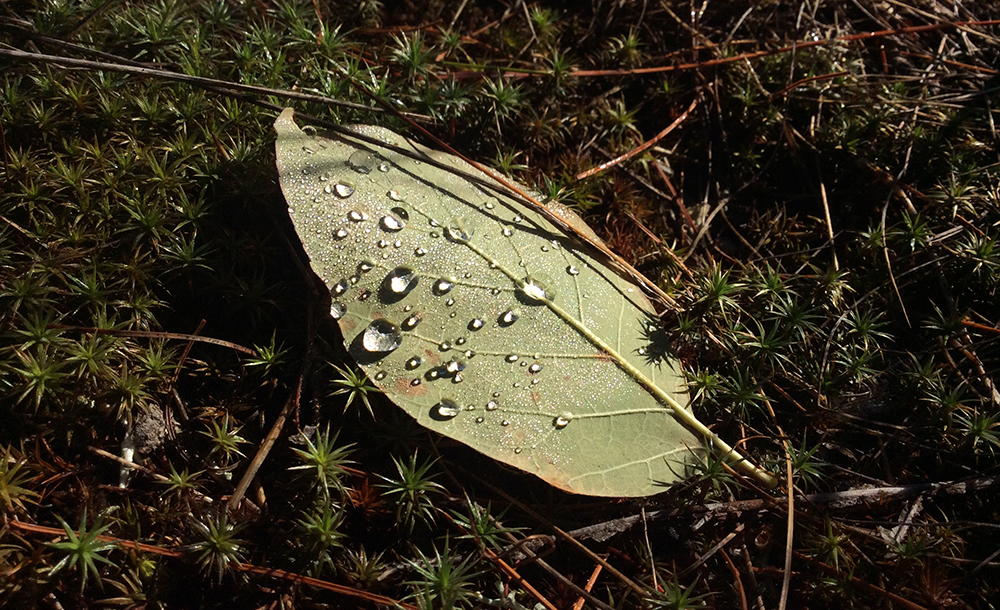Writing and photography by NEFF Stewardship Associate Beth Gula. Her thoughtful blog post is followed by fascinating snapshots of wildlife tracks and more from the field.
An unavoidable reality of conducting field work across five New England states is spending hours and hours on the road to visit New England Forestry Foundation (NEFF) forests and conservation easements (CEs). I usually pass the time and miles listening to podcast episodes, alternating between comedians and current events to keep me informed, entertained, and alert.
While travelling between CEs in southern New Hampshire this week, I started listening to Seeing White, a podcast released in 2017 that is inescapably relevant now as Black Lives Matter protests continue and our nation reckons with racial inequity. The podcast explores the history of race as a colonial construct and how the United States used “race thinking” to justify and reinforce chattel slavery and genocide. At the end of episode four, recurring podcast guest Dr. Chenjerai Kumanyika articulates an idea about America broadly that echoes what I’ve been thinking about in the narrower lens of environmentalism:
“What I want us to try to understand is that, for people who… are about transformative change—and giving people equal rights, and, you know, liberation is the language some people use, decolonization, Black Lives Matter—what you have to understand is, we’re trying to become something this country has never been.”
We’re trying to become something that we’ve never been. Dr. Kumanyika speaks to how transformational change requires making something inherently new, rejecting an existing flawed foundation. Within conservation, just as Seeing White does with American history, this starts with re-examining the past to acknowledge the buried stories about our origins. They were buried, and remain untold, for a reason.
At this moment in time we are called to examine the incomplete, skewed premise that we base our work on. Some obvious stories are kept just out of sight or at a distance. Whose ancestral homeland are those acres of forestland we’re protecting? How does the conservation victory we celebrate also perpetuate ongoing harm against the people who were forcibly removed from that land? Efforts like the First Light Learning Journey in Maine are beginning to wrestle with these questions.
There’s always an explanation for why things are the way they are. We think of New England as overwhelmingly white, particularly in the rural communities where NEFF practices and promotes Exemplary Forestry, so racial justice causes might seem irrelevant or outside our scope. Recent research about “sundown towns” highlighted by the New England Historical Society illuminates one of the causes for current demographics that I had never heard about. Starting in the 1890s, rural municipalities enacted laws that “prevented African-Americans or other minorities from lingering after dark.” Scholar James Loewen details how the populations of Black residents in northern New England states declined during the decades coinciding with sundown laws. Together with restrictive covenants and discriminatory mortgage practices, these systems shaped how New England communities, and NEFF’s constituency, look today.
The concept of transformational change also immediately brought to mind a recent Instagram post that stuck with me (I know I sound like such a millennial… but I’m a millennial! Sue me!). I stopped scrolling on an image re-posted by an organization dedicated to girls in surfing. It read: “We’re not making surfing inclusive. We’re creating inclusive surfing.” Swap in “conservation” for “surfing,” and this so perfectly articulates the distinction and the challenge I think we face in our work.
In the spirit of the best that social media has to offer, I’ll close with pictures of some small wonders I encountered this week while monitoring conservation easements in Mont Vernon and Goffstown, New Hampshire. Whether I’m alone in the car or in the woods, I find myself able to listen, look, and think about things a bit more closely.
Tracks from a coyote (maybe a dog?) and a deer. Which walked by first?

Rare find! A shed moose antler.

Red efts out and about. I always worry that I’ll tread on them accidentally, but their flashy, glowing coloration stands out on the forest floor.

Whenever I encounter a snake, we’re both startled.

Water is pretty miraculous.

Read More
Notes From The Field: Rocky Pond Community Forest | April 17, 2020
Notes From The Field: Early Signs Of Spring | April 28, 2020
Notes From the Field: What’s Making Me Happy | May 8, 2020
Notes From the Field: Resources for Wildlife on the Go | May 26, 2020
Notes From the Field: Problem Plants’ Spring Awakening | June 5, 2020
Notes From the Field: Race and the Outdoors, Through the Lens of Birding | July 10, 2020
Notes From the Field: Wildlife Signs and More While on Walkabout | August 6, 2020
